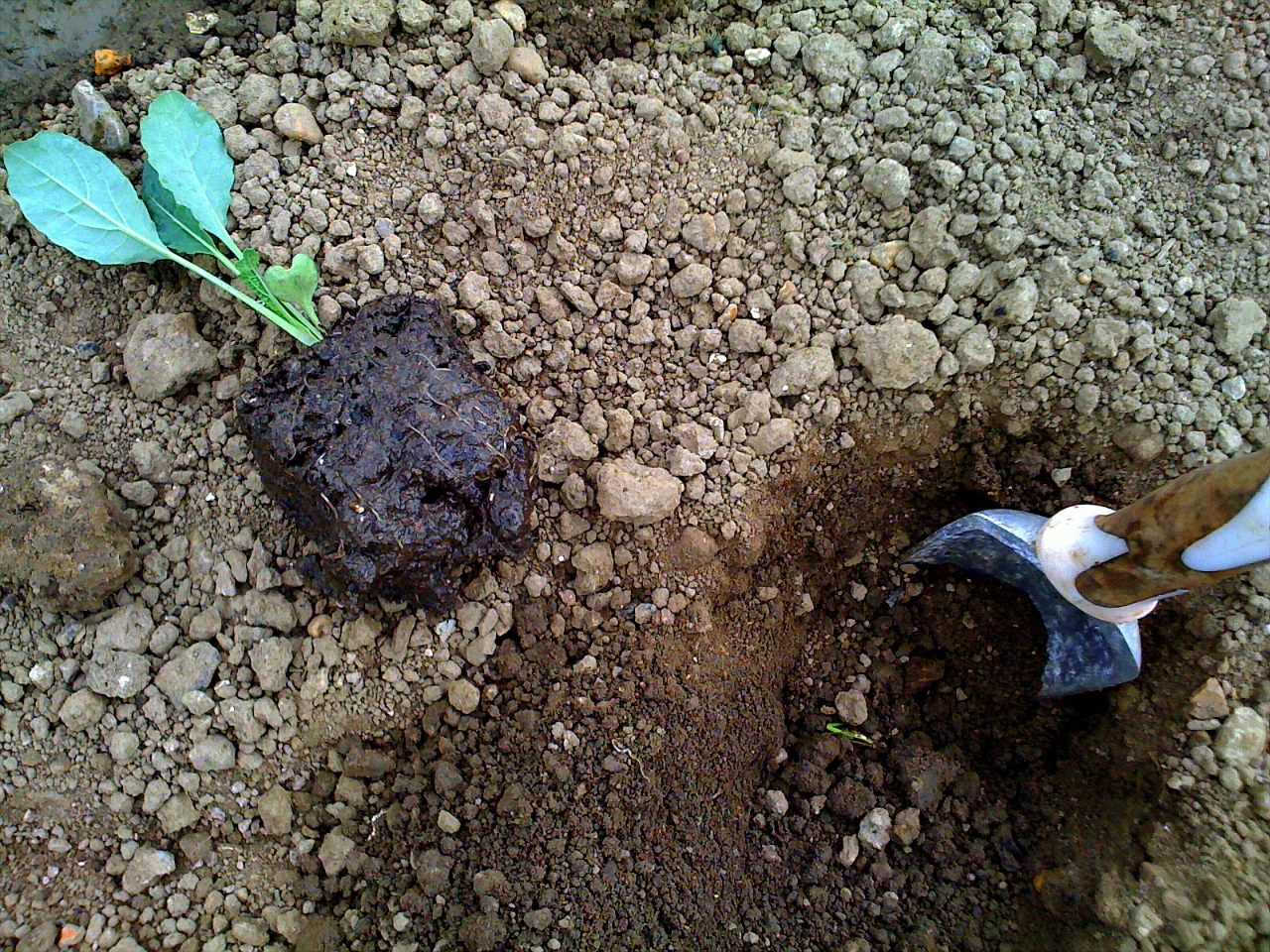I just love broccoli, and now I have (more or less) mastered growing it on my allotment, I grow enough that I can eat broccoli every day for 9 months of the year.
I'm lucky as it likes my clay based heavy soil and tolerates long dry spells, but there are lots of things we can all do to support a good healthy crop.
After the photos are my top tips for growing fantastic broccoli
I'm lucky as it likes my clay based heavy soil and tolerates long dry spells, but there are lots of things we can all do to support a good healthy crop.
After the photos are my top tips for growing fantastic broccoli
 |
| Baby broccoli in the green house these are now big enough to plant out |
 |
| 5 week old broccoli plants, just planted |
 |
| New broccoli - behind are older plants both beds fenced and netted together The fence is to stop the foxes digging The net to keep off pigeons Left is a mature bed, just coming into flower |
 |
| Bless, under bottles for the first night in the cold! |
My "how to grow brilliant broccoli" tips
Prepare the soil as best you can before you plant
- Weed really well
- Give the soil a good feed with as much home made compost as you can spare
- Add whatever slow release fertilizer you like using and dig it in
- Water the ground really well every day for a few days before planting so that the deep ground is wet
- Rest the soil a week or so after digging so that it firms up
- Slug pellet a few days before planting to kill them off beforehand
Take care planting
- Water the seedlings well just before planting
- Don't bother to plant weak plants - they are always a problem
- Plant the seedlings after the main stem has hardened off (they get darker) usually after the growth of the 4th true leaf
- Plant deep - I go half way between the first true leaves and the pot soil
- Plant for as much sun as you can
- Plant sightly closer together than the seed packet says
- Plant in double offset rows so they support each other
- If your soil is light then consider staking. Push your stakes in when you plant. The roots and leaves will grow around the stakes and then tying them in later will be easy
- Firm them in well - form a fist with both hands and push the soil down with your fists all around the small plant, If you are not strong, lean on your hands and use your body weight to push the soil down.
- Slug pellet right away
- Fence and net them right away- nothing more heartbreaking than going for a cup of tea and coming back half an hour later to find pigeons have pecked them to death!
Aftercare
- As soon as they get big enough that you can comfortably scratch about underneath, do so and
- Water well if it hasn't rained in the last week
- Mulch with grass clippings to keep the ground moist and weed free
- Sprinkle some slug pellets on top of your mulch to keep them at bay
- If your soil is light, stake as soon as they are tall enough. This will stop root rock. Wobbly broccoli will not flower well.
Before the crop
- If you watered well before you planted, then don't bother to water again until the flowers start to form. This will encourage the roots to follow the water down. Deep roots will help the plants stand up strongly in windy weather and hard rain
- I don't spray - good soil preparation and planting care always give me strong enough plants to stand a some caterpillar action,
- If you are having a dry spell, water as soon as you see the flowers form. This will give you bigger flowers
Getting more from your broccoli plants
- Broccoli will give you more flowers if the ground is moist and fertile. These will start forming as soon as you pick the main flower. If the ground is dry after the first pick then give them a good water to get these going
- If you are a lazy gardener like me, then leave the broccoli in the ground after the second pick. As long as the soil is fertile and moist you will continue to get more small broccoli heads right up until late autumn. To encourage this I give the plants a tonic of tomato fertilizer once or twice (depending on when I planted them), Snap off any flowering heads that you miss before they set seed, otherwise the plant will not bother to make new ones
- I often don't need the land that the broccoli use until I'm ready to plant peas in late spring. So I leave at least two beds of broccoli in the ground over winter. The ones that survive the winter cold will surprise me with a flush of new small broccoli well before any spring planted ones are ready to crop.




































